2010 marks the 100th anniversary of Japan’s forced annexation of Korea. And every year, March 1st is the anniversary of the movement that saw millions of Koreans marching to protest Japan’s brutal colonial rule.
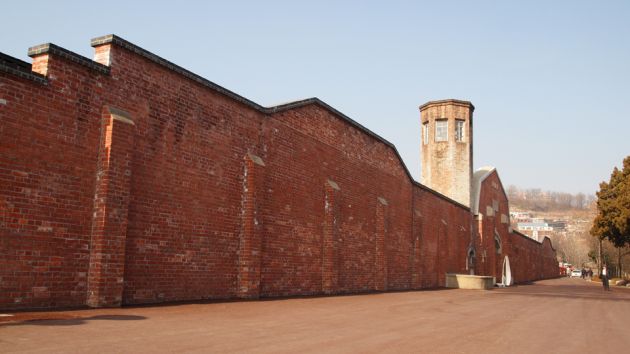
To honor the sacrifices of Korea’s martyrs, in 1992, Seoul City opened the Seodaemun Independence Park (서대문독립공원). And recently, to better serve its 800,000 annual visitors, the park reopened in October 2009 after undergoing significant renovations.
One of the most notable improvements is the ability to freely walk beneath the Dongnimmun Gate (독립문), access that was restricted for 112 years. The gate is an important symbol of Korea’s independent spirit.
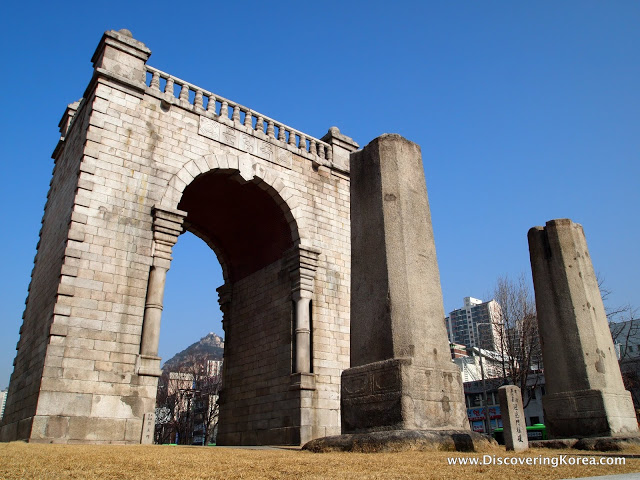
During the Joseon Dynasty, Korea was sovereign, but its international affairs were dominated by China. Chinese envoys were greeted at Yeongeunmun (영은문), a tribute gate constructed on the road between Seoul and Beijing.
But in 1896, following China’s defeat in the first Sino-Japanese War, Koreans asserted their full independence by destroying the gate and building a 14-meter high independence monument.
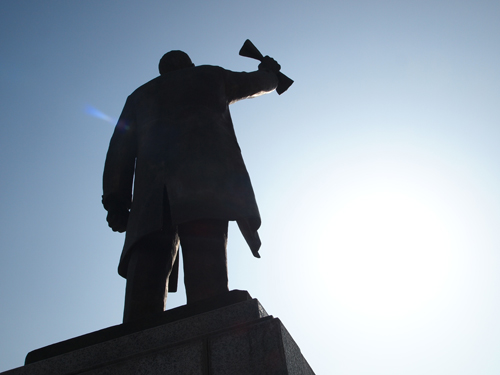
Chief among those activists was Dr. Seo Jae-pil (서재필), who published Korea’s first independent newspaper.
After constructing Dongnimmun, Seo’s Independence Society used the former tribute hall to promote Korean self-determination and civil rights. Not surprisingly, it was torn down by Japanese imperialists.
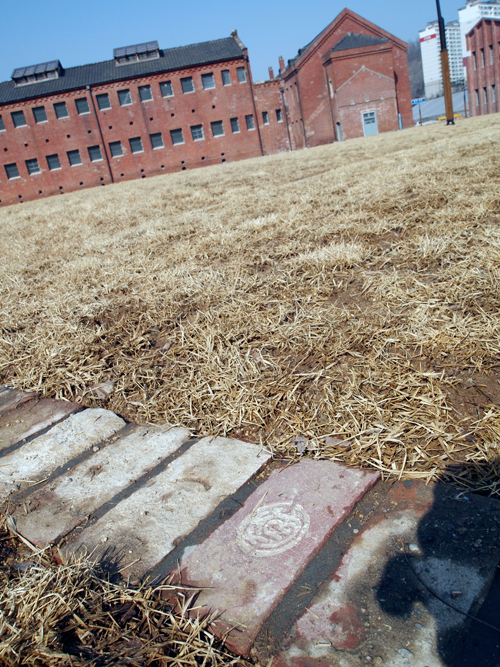
But reconstructed in 1996, today it enshrines tablets inscribed with the names of 3,000 Koreans who died for the cause of national independence.
Seodaemun Independence Park’s highlight is no doubt the Seodaemun Prison History Hall (서대문형소 역사관). Opened in 1908 in the years just prior to Japanese annexation of Korea, the complex imprisoned Korean independence activists.
Even after independence, the prison was used by Korea’s military regimes to detain and torture dissidents.
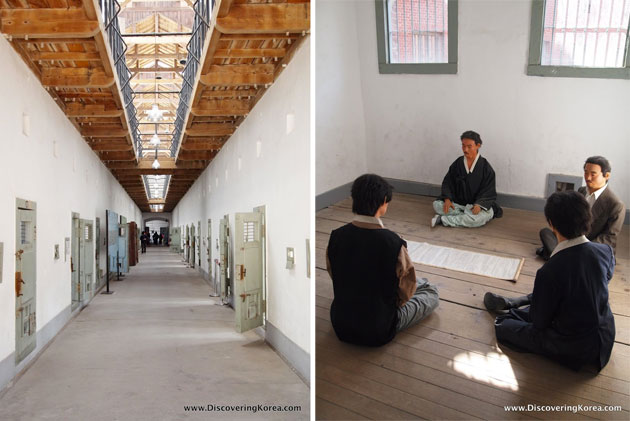
Today, seven of the Seodaemun Prison History Hall complex’s 15 original buildings have been restored, including three prison halls. Walking down its corridors, the cells depict what life was like for the over 2,000 inmates who filled cramped cells built for just 500.
The prisoners were forced to sleep in rotation due to inadequate space, and they endured poor ventilation and sanitary conditions, as well as torture and chronic starvation.
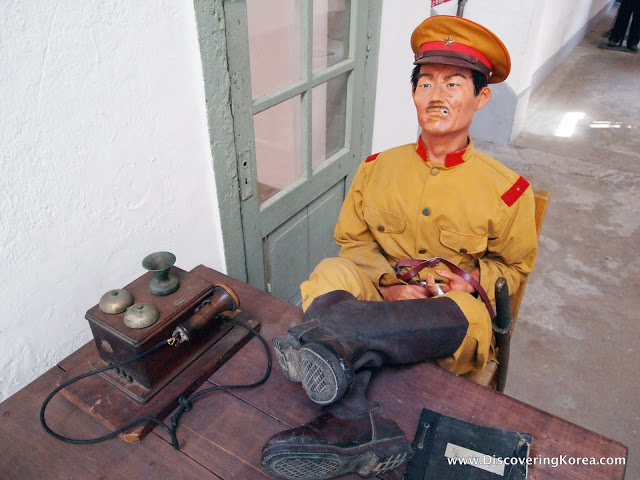
For me, the tour’s very real emotional impact is compromised by “experience” exhibits that make Japanese torturers sound more like evil cartoons than actual people.
Furthermore, one exhibit includes a sign forbidding children and pregnant women from hearing a man’s death sentence.

There is, however, plenty of sober and somber reminders at the Seodaemun Prison History Hall and Independence Park. The most unsettling is located along the prison’s back wall.
Although taking photos is prohibited, inside a brick perimeter is the actual execution building. Here, independence patriots were murdered and their corpses were whisked away through a secret tunnel.
Two poplar trees straddle the wall.
On the outside one grew tall.
On the inside, it remains small and weak, reportedly stunted by the weight of the terrible deeds committed there.
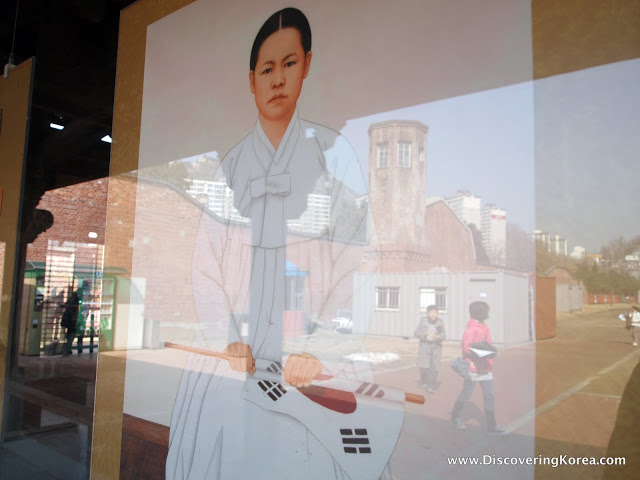
Walking on the grounds of the Seodaemun Prison History Hall and Independence Park, the contrast of the red bricks and blue sky make for a beautiful, yet solemn setting.
As you walk, you may notice bricks stamped with the Chinese character “gyeong,” the first character of Seoul’s name under Japanese rule. Yet despite the colonizer’s attempts to carve its designs into every single brick, those efforts were no match for the Korean people’s independent spirit.
For Your Information..
| Open: | 09:30-18:00 (summer), 09:00-17:00 (winter), Closed Mondays |
| Admission Price: | ₩1,500 for adults, ₩500 for children |
| Address: | Seoul Seodaemun-gu Hyeonjeo-dong 101 |
| Directions: | Dongnimmun Station (#326) on Line 3, Exits 4 & 5 |
| Phone: | 02-360-8590 |
| Website: | Official Site |
About Matt Kelley
Matt Kelly is native of the US Pacific Northwest and is half-Korean by ethnicity. He lived in Korea for five years and has written hundreds of travel guides for Wallpaper, TimeOut, the Boston Globe and Seoul Magazine and was a host for several different variety shows on Korean radio and television.
